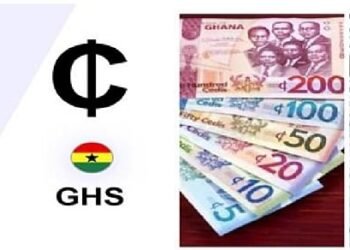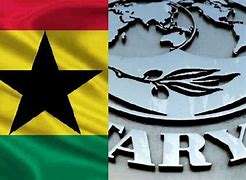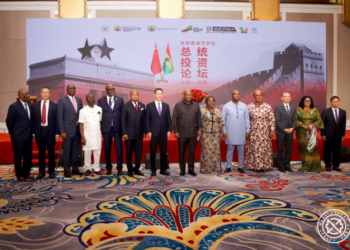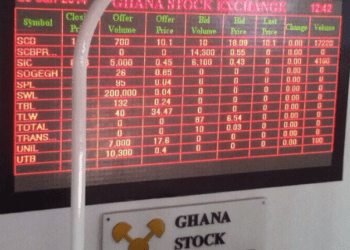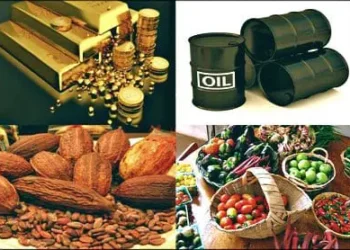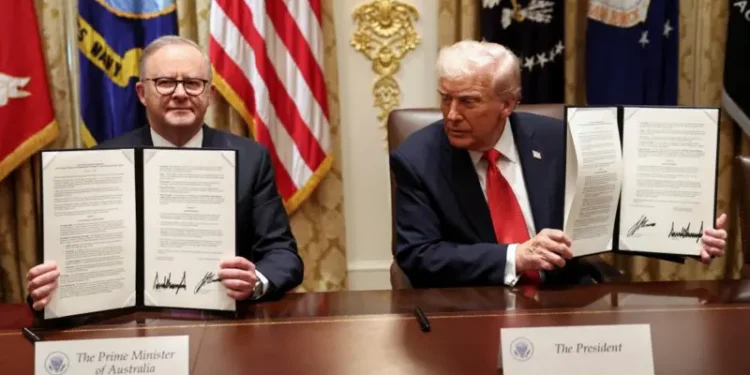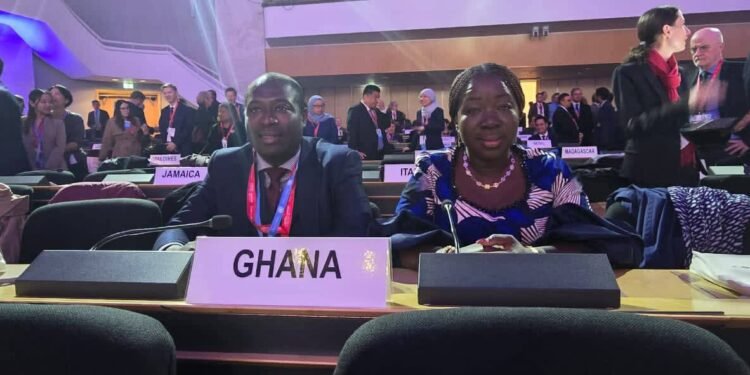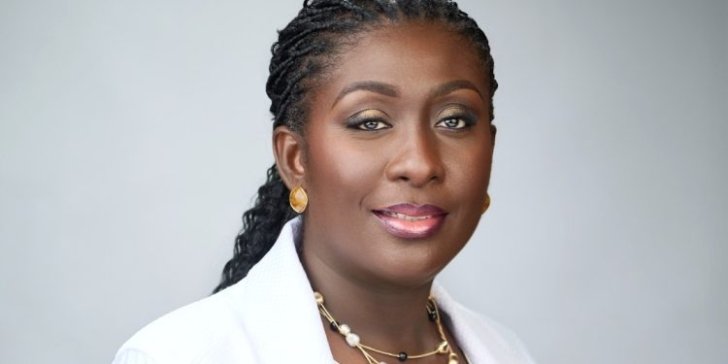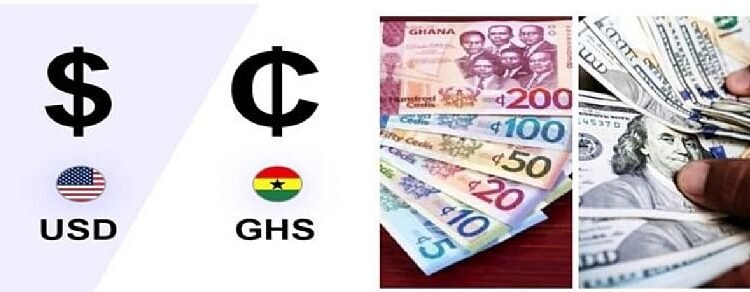Ghana has seen a gradual improvement in its Capital expenditure over the last year, even though it accounted for a small percentage of total expenditure each year. Recent data from the Bank of Ghana shows that capital expenditure has improved from 1.7 percent of the country’s Gross Domestic Product (GDP) in November 2019 to 2.7 percent of GDP in November last year. On average, capital expenditure has accounted for 1.7 percent of GDP in 2020.
On the contrary, total expenditure rose from 18.1 percent of GDP in November 2019 to 22.9 percent in the corresponding month of 2020. This means total expenditure as a percentage of GDP rose by 4.8 percent over the past year as compared to a 1 percentage point increase for capital expenditure.
In the first quarter of 2021, the government earmarked 1.90 billion for capital expenditure. This accounted for only 7.9 percent of the projected 2021 first-quarter total expenditure including the clearance of arrears of GH¢24.0 billion.
These developments are on the backdrop of huge borrowings which translated into a higher debt burden over the period under review. In this period, the country’s stock of public debt rose from GH¢214.6 billion which represented 61.4 percent of GDP in November 2019 to GH¢286.9 billion, 74.4 percent of GDP as of November 2020. The figures show that the country’s debt stock has increased by GH¢72.3 billion, thus a growth rate of 33.7 percent. Comparing the differences in the percentages gives a 13 percentage point increment.
It is worrying that the huge debt stock does not reflect much in the government’s investment in capital goods. Even without COVID-19, the government spends only a little on capital expenditure. Now that different components of discretionary expenditures are emerging, one may only wonder what will happen to investment in capital expenditure. For instance, the government has earmarked GH¢4.74 billion as Covid-19 related spending for 2021. There is the possibility to exceed this amount should the pandemic linger.
The recent data shows that the country has not committed enough resources to capital expenditure projects which tend to bring long-term benefits to the country. Instead, Ghana has over the years spend a chunk of its resources on discretionary expenditure, with wages and salaries taking the biggest share.
A total of GH¢7.71 billion is expected to be spent on the Compensation of Employees, representing 28 percent of the proposed 2021 first-quarter budget appropriation of GH¢ 27.4 billion. Of the total amount earmarked as compensation for employees, GH¢1.3 billion will go into social contributions, GH¢412 million will be used to pay pension allowances, GH¢406 million for gratuities, and an additional GH¢450 million for social securities.
Another major item that consumes government’s resources is interest payments. For instance, a total of GH¢27.6 billion is expected to be used to pay accumulated interests on government’s borrowings in the 2021 fiscal year. Out of this amount, GH¢7.0 billion is expected to be used to pay interest in the first quarter of 2021. GH¢4.6 billion will be used to pay domestic interests whilst GH¢2.4 billion will be paid to external lenders.
The low capital expenditure in the country poses a major risk to the country’s debt-servicing ability as a huge proportion of the borrowed money goes into consumption. It also means that most of the monies borrowed may not have any long term on the economy.
READ ALSO: Wages & Salaries to Consume 61.8% of Projected 2021 Q1 Tax Revenues




